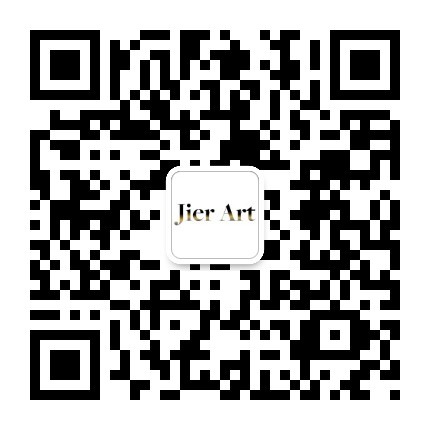Works Exhibited
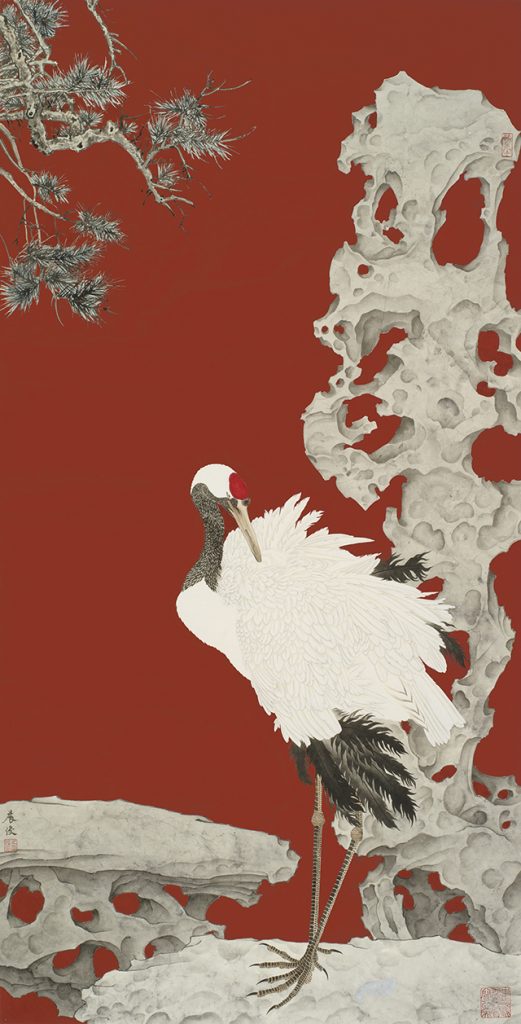
Red II, 2014
Chinese painting on paper (ink and pigment), 200 x 135 cm, China, © Chenjun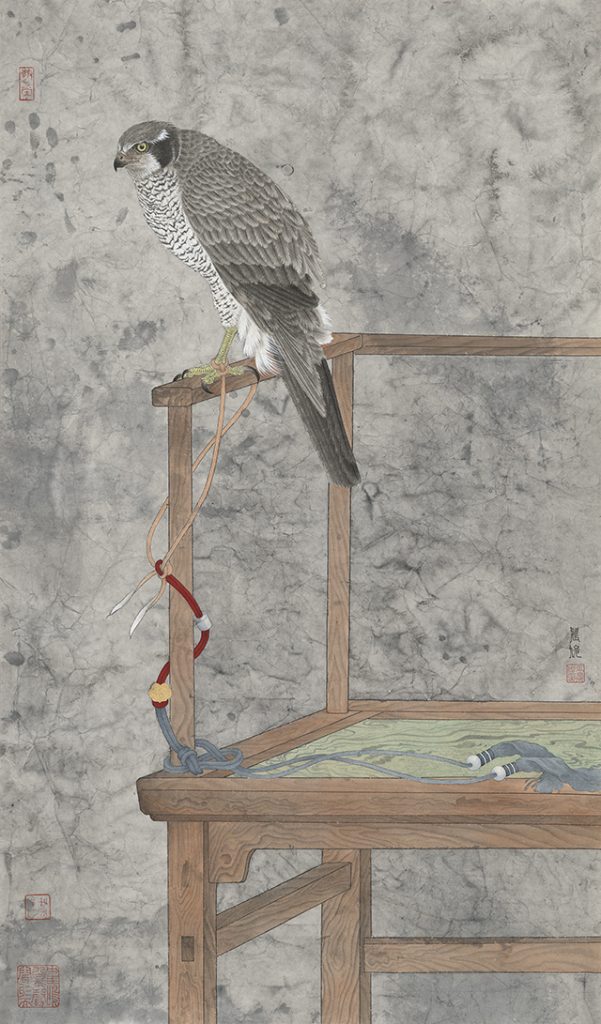
Zen Eagle, 2014
Chinese painting on paper (ink and pigment), 110 x 50 cm, China, © Chenjun
Soar into the Sky, 2019
Chinese painting on paper (ink), 109 x 102 cm, China, © Chenjun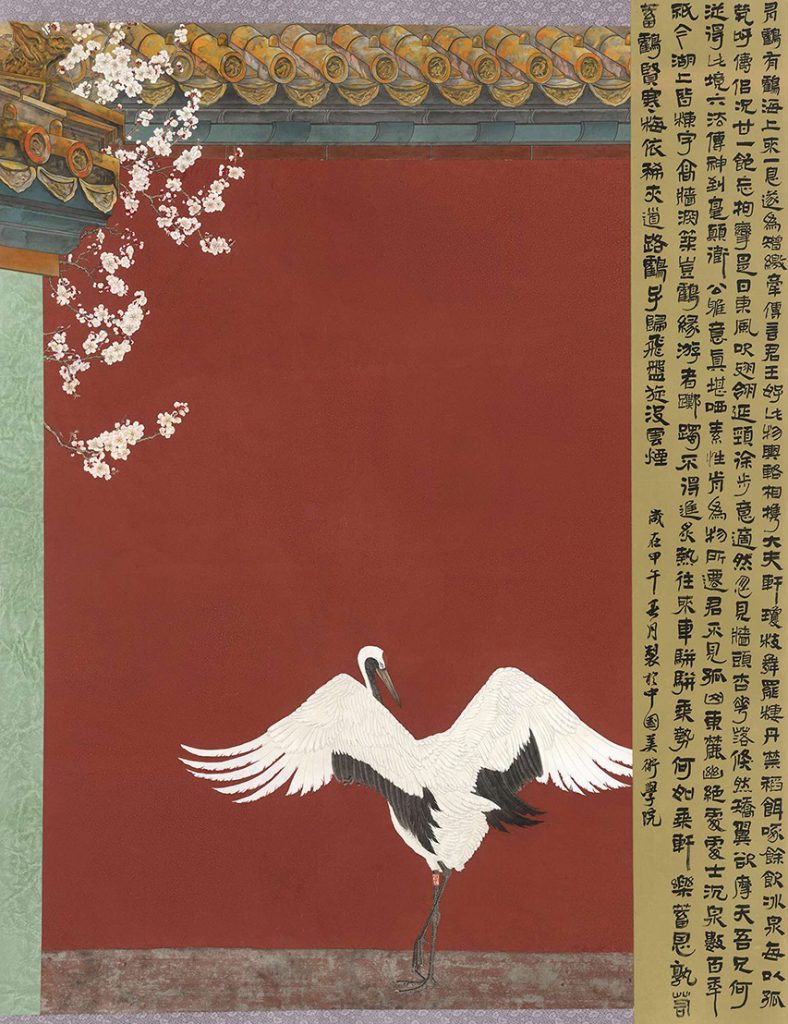
Red I, 2014
Chinese painting on paper (ink and pigment), 200 x 135 cm, China, © Chenjun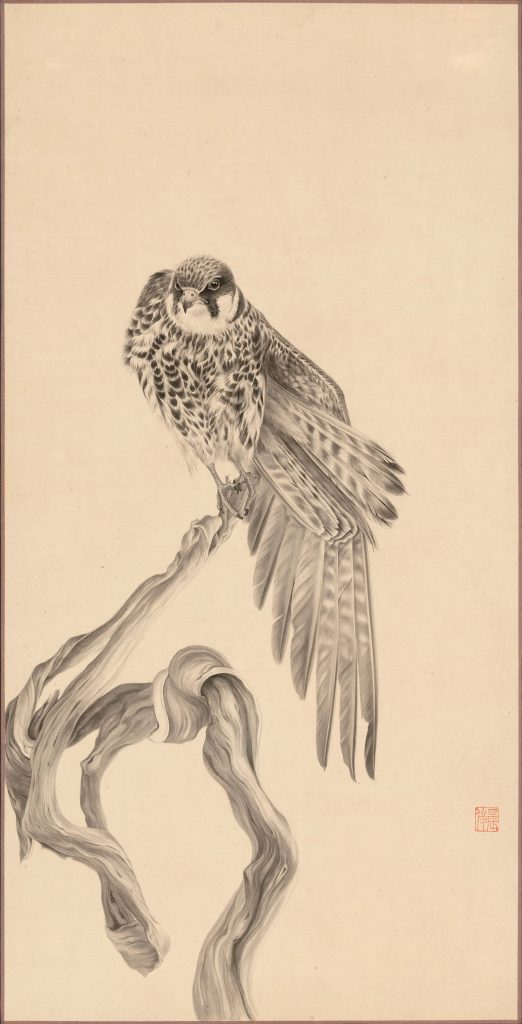
Waiting to Soar, 2017
Chinese painting on paper (ink), 66 x 33 cm, China, © ChenjunAbout
Chenjun Wu’s Exhibition ’10 Miles Heaven & Earth’ 2021
‘10 Miles Heaven & Earth’ of Chenjun Wu exhibits his 13 masterpieces of Chinese paintings created from 2014 to 2021, including Zen Eagle, Lotus Pond, Red I, Red II, Lotus Blossom and a Peaceful Heart I&II, 10 Milles Heaven and Earth I&II, which have applied traditional Chinese painting images of eagles, cranes, lotus flowers, tigers, roosters, and mountain landscapes.
Exhibition Introduction ©Jier Art:
Chenjun Wu learned Chinese painting since he was a child, with solid skills and mature creative techniques. His paintings have the characteristics of being both elegant and popular. The personal character is the soul of paintings. He has his own unique aesthetic thinking, and his profound Chinese culture permeates his Chinese brush and ink, making his artistic works beautiful and meaningful, with humanistic care. The artist lives in a modern city, so his works have a blend of modernity and tradition of ancient Chinese, which reflects his feelings about the tradition and recent times.
His works are elegant in color and exquisite brushwork, often frozen in a very natural moment, showing a kind of unobtrusive dynamics. “Mountains fall in the rain, grasses and insects scream under the lamp”, which is the same as the poem of Wang Wei during the Tang dynasty: using a silent and caring posture, the most expressive scene is cut out from the panorama, reflecting the birth of natural landscapes. His paintings combine the states of static, dynamic, soft, and rigid. The ingenious composition merges two opposing elements to achieve a Zen state where dynamic and static are one and coexist. This slow-motion painting language is like a seed sprouting in the soil, conveying what elegance and ancient Chinese culture look like.
Chenjun’s “10 Miles Heaven and Earth” exhibition will be exhibited worldwide from July 17 until July 21 in the VR exhibition hall of Jierart.com. The name of the exhibition is taken from his work “10 Miles Heaven and Earth” Series, which the exhibition selected his 13 classic Chinese paintings created from 2014 to 2021. There are traditional Chinese painting images of eagles, cranes, lotus flowers, tigers, roosters, and mountain landscapes, with the painting style changes in the past seven years, which are not limited to time and space dimensions.
<Red I>
The three traditional Chinese colors of colored glaze, vermilion, and snow white are first of all reminiscent of the snow scene of the Forbidden City. Through Chenjun’s Chinese brush, these three colors produced new images: red walls, glazed tiles, and cranes. In “Red I”, the crane’s wings spread naturally and smoothly, and the outline of the feather lines is extremely considerate, especially the direction and details of the plum branches, which are lifelike, which shows its meticulous observation and profound painting skills. The space layout is also quite ingenious. The plum blossoms are applied between the two walls. On the one hand, the plum blossoms decorate the monotonous red wall. On the other hand, you can see the upper left corner of the picture. The design between the two walls broadens the imagination of the picture. In addition, the implied meaning of plum blossoms is noble and clean, which sets off the posture of the crane’s Taoist bones and fairy wind. This connection between the image and the implied meaning gives the paintings a deeper humanistic connotation. It can be said that there are cranes on the red walls and spring on the branches.
<Lotus Blossom and a Peaceful Heart I>
The name of the painting “Lotus Blossom and a Peaceful Heart” originates from one of the philosophies of Buddhism. The name means to achieve a state of emptiness and tranquility through self-cultivation, and to pursue a spiritually vigorous state of mind. The artist observes objects with his true heart, and his work has a sense of unity between his perspective and the image. The lotus in the painting is a portrayal of the lotus in the heart, rather than a realistic objective. The painting is blended with imagination and reality coexisting, and the colors are bold and elegant, and the visual context is distinctive based on his understanding of Chinese paintings across different dynasties.
<Soar into the Sky>
There is a poem from Baochai (one character in the 18th century Chinese novel ‘Dream of the Red Chamber’): “The good wind uses its strength to send me to the blue clouds.” It is a perfect description of this painting. The strokes of the picture are meticulous, with more white space, giving the audience enough space to imagine the posture of the young eagle about to soar into the sky. The painting of the branches is extremely meticulous and bold, giving the picture an endless sense of power. From a distance, the shape of the branch looks like a long hovering dragon. The young eagle grows up and rides the dragon far away, showing great aspirations. The artist Chenjun Wu used his Chinese brush and ink to narrate his expectations and love for the young eagle, forming a poetic, rigid and soft, long and short, complex and simple realm.
<Turquoise Mountains>
This is a traditional Chinese blue and green landscape painting. The artists in the past dynasties were required to have excellent ink skills for blue and green landscape paintings. In Chenjun’s painting, the peaks and ridges overlapping greens, there are dense streams in between. The small bridges running water, thatched huts, and bamboo and long pine are all depicted with great details, which shows a magnificent and beautiful image of the south of the Yangtze River. Chenjun lives close to the West Lake in Hangzhou, so his paintings fully express his feelings for the Hangzhou green mountains and rivers.
<Five Morality II>
As early as the Han Dynasty, a poet Han Ying put forward the theory that “the chicken has five virtues” in the “Han Shi Wai Zhuan”. Traditionally, artists across centuries like to draw paintings of the five virtues to express their pursuit for nobility. The “five virtues” in the name of the painting refer to ‘literature’, ‘martial arts’, ‘courage’, ‘benevolence’, and ‘faith’. As the saying goes, ‘the heavenly chicken reports the dawn and the world knows’.
<10 Miles Heaven and Earth>
A thousand years ago, the famous Song Dynasty poet Liu Yong in Qiantang County lamented the prosperity of Hangzhou since ancient times; a thousand years later, Chenjun Wu painted for the beauty of Hangzhou. From the bottom left to the top right of the painting, the layout ranges from dense to sparse, and the colors from dark to light, expressing an infinite scene in a limited space. At the same time, the two lotus buds in the painting correspond to the lotus branch and the lotus plant on the upper right side, respectively, telling the life of a ten-mile lotus. It is as lovely as the poet Yang Wanli chanted, “The little lotus has a pointed horn, and a dragonfly stands on its head.” The scene looks like the poet Li Shangyin’s viewpoint “the world’s flowers and leaves are not related to each other in the end, the flowers in the golden pots and leaves become dust”. Chenjun’s brushworks are round and smooth, while the outline is astonishing and meticulous. The <10 Miles Heaven and Earth> series has both the beauty of green leaves and red flowers, and the vast history, which is natural and profound in meaning.
Group Exhibitions & Collections:
1996: Xinhua News Hong Kong collected CHENJUN’s Chinese painting ‘Cock’, through the meeting with their vice president Junsheng Zhang and the president of Hongkong Girl Guides Association.
2006: Shanghai Duolun Museum of Modern Art collected CHENJUN’s installation ‘Universal Phobia’.
2007: Zhejiang Art Museum collected CHENJUN’s Chinese painting ‘Swan Dreaming’, and China Academy of Art collected ‘Dreaming’.
2010: Shang Yi Elite Group Exhibition of Flowers and Birds, Gao Jianfu Memorial Hall, Guangzhou city, Guangdong Province, China. CHENJUN’s two Chinese paintings were collected by Gao Jianfu Memorial Hall.
2009-2011: Hangzhou Lingyin Temple invited CHENJUN to join the creation of a great wall painting named ‘Ji Gong Xinghua Tu’.
2012-2014: Shandong Yanzhou Xinglong Culture Park invited CHENJUN to paint a great wall painting.
2014: ‘The Chinese Dream – Charity Exhibition’ for the initiative film and art funds of China Literature and Art Foundation.
2014: Citizen Art Shanghai Exhibition.
2015: Hangzhou Art Fair.
2016: French Prime Minister in China collected CHENJUN’s Chinese painting, during the exhibition at Chongqing Xintiandi Art Center.
2017: Wenxin Qingyuan Contemporary Young Masters Exhibition – Calligraphy and Ceramics, Lingnan Art Gallery, Guangdong Province, China.
2019: Xieyi Youxin Contemporary Young Masters Exhibition – Flowers and Birds Chinese Paintings, Lingnan Art Gallery, Guangdong Province, China.

